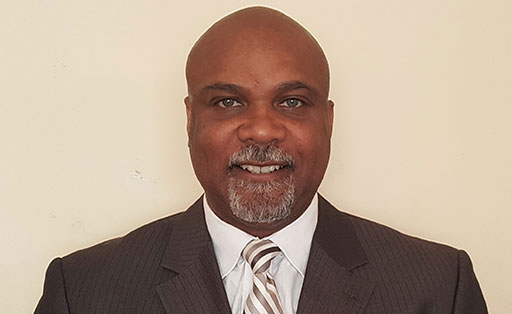
Nearly every industry has undergone some form of digital transformation, and security is no exception. More tech solutions hit the market every day and businesses are starting to see the importance of effectively combining their physical security and cybersecurity practices.
The influx of Internet of Things (IoT)-enabled devices, coupled with an increase in cybercrime, has led businesses to take a hard look at preventative measures to protect their people, property and assets from threats.
Many IoT devices —including video surveillance systems, which are among the most widely utilized technologies in the security industry— are facing higher levels of scrutiny from IT departments, and understandably so.
With so many devices connecting together, it’s more important now than ever for businesses to protect their devices from cyber threats. Here are a few tips to get started.
Know what’s on your network
To secure your network, you first have to understand what devices are on it and know their specific functions. Oftentimes, this can be harder than you think – for example, if you have just stepped into a new role and the company’s security program is already established.
Or, you could run into difficulties if your company has recently gone through an acquisition or merger and you have inherited hundreds or thousands of new video surveillance cameras with little or no documentation.
Fortunately, an IoT governance platform can help you track and monitor your company’s IoT devices. This type of platform uses a single dashboard to house all devices that are already on your network and automatically detects physical security components like video surveillance cameras and access control panels.
While you may be thinking, “There are already IT native software packages that do this,” they rarely integrate with physical security equipment for a holistic approach to security.
Build a foundation of respect between the IT and physical security departments
Unfortunately, it’s not uncommon for video surveillance cameras or other network-enabled devices to be deployed without the IT department’s input.
In today’s security landscape, businesses can’t afford to leave IT leaders in the dark; it’s a best practice to involve both IT and physical security leaders when implementing or integrating systems.
This will allow the teams to align, develop a comprehensive plan for system integration right from the start and work together to secure both the physical property and the network.
Implement strict user limitations
With security software and equipment, it’s important to be cautious of who you are giving high-level access to, especially when dealing with video surveillance systems and data.
No matter how trusted an employee might be to an organization, it does not always mean they should receive full access to the systems. The more people who have access to a system, the more vulnerable it is to cyber-attacks.
Those who receive access must be properly vetted and undergo a thorough selection process.
It’s also vital to have strict policies on-hand that govern when you can disable accounts in the event of cyber threats.
Another way to keep all security equipment contained is to make sure it is stored properly, preferably secured with some form of electronic access control. This can help minimize public access to the equipment and eliminate the risk of interference by unauthorized individuals.
Partner with a security integrator that can help you maintain cyber hygiene
As physical security becomes more intertwined with cybersecurity, communication between businesses and their security integrators is key to preventing cyber attacks.
One of the most important things you can do is work with your security integrator to maintain good cyber hygiene – in other words, ensure your business is following best practices to protect against cyber threats.
Your security integrator can help you maintain the health of your security IoT devices by ensuring the devices have updated firmware, are running on the latest software versions, have strong passwords, are recording properly and have optimum uptime.
They will also ensure that the best possible due diligence has been completed, documented and maintained to strengthen your governance and risk management program.
Taking advantage of these services and keeping an open line of communication with your security integrator is essential to stay informed about potential new threats, preventative strategies and cutting-edge security solutions you may have at your disposal.
With hundreds of thousands of cyber threats surfacing every minute, it’s best to take a proactive approach to your business’ security. By following some of the tips in this article, you can take action to protect your devices from cyber attacks.
Tony Dozier is the Director of Business Development at STANLEY Security. Tony’s areas of expertise are systems integration, sales, sales engineering, electronic technology, system design and business development. Tony has been with STANLEY Security for 11 years and has 31 years of experience within the security/IoT industry. To Tony, taking care of customers and being a trusted advisor is what motivates and drives him.
Source: stanleysecuritysolutions.com
